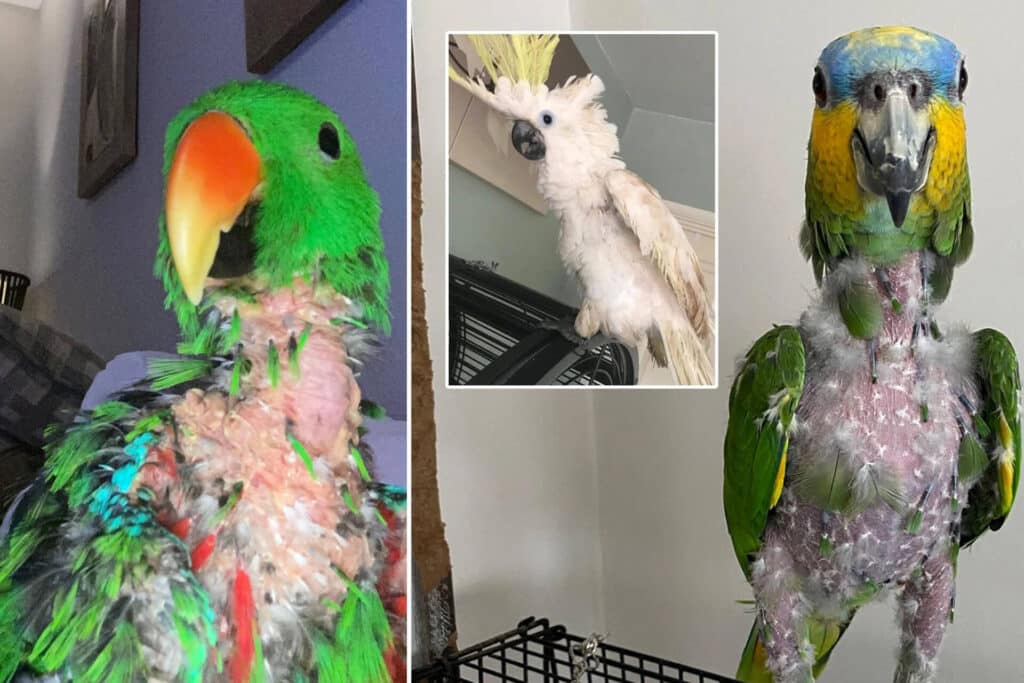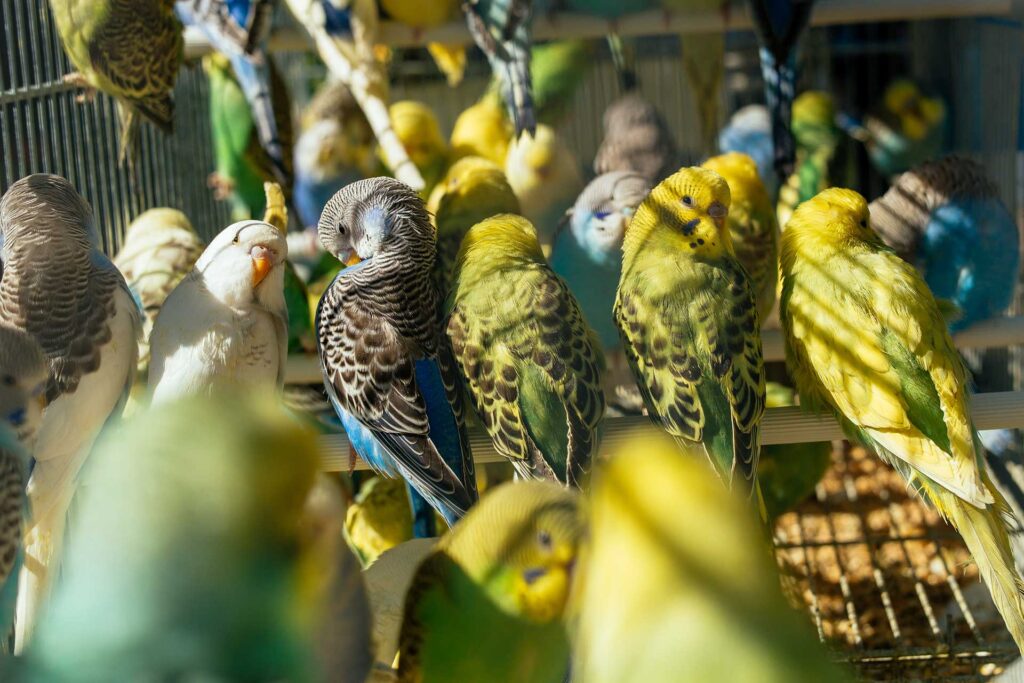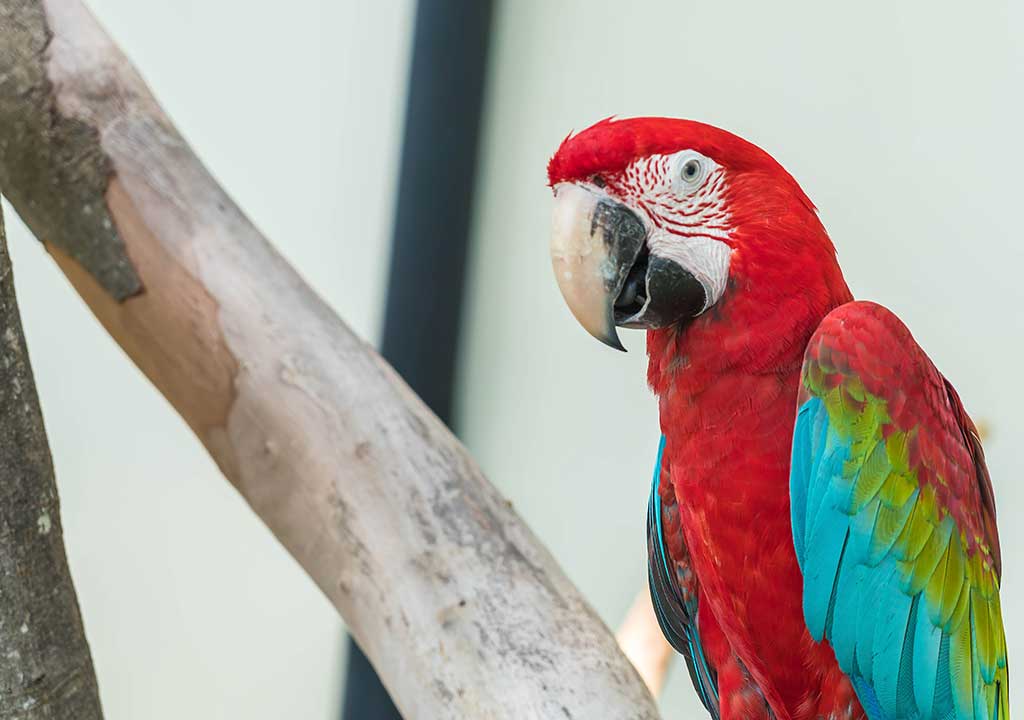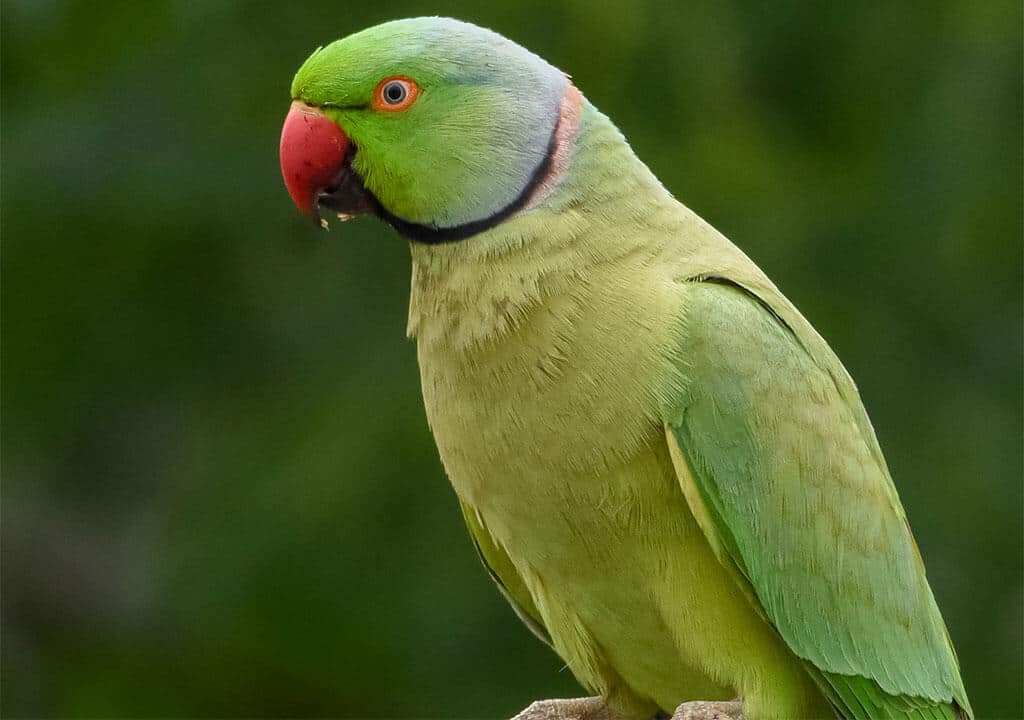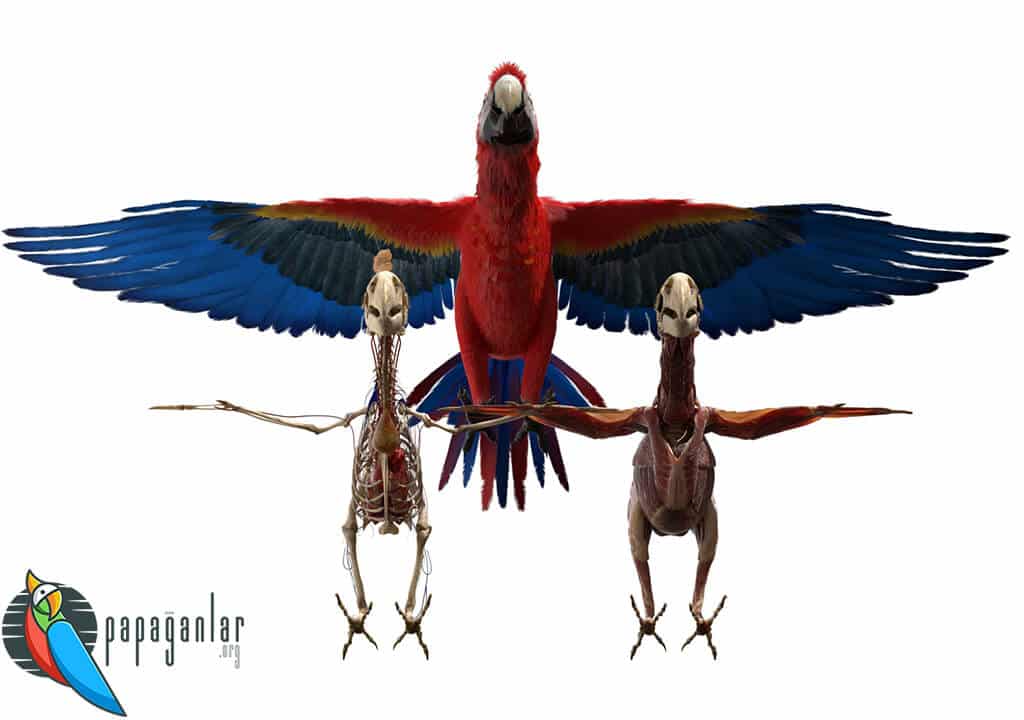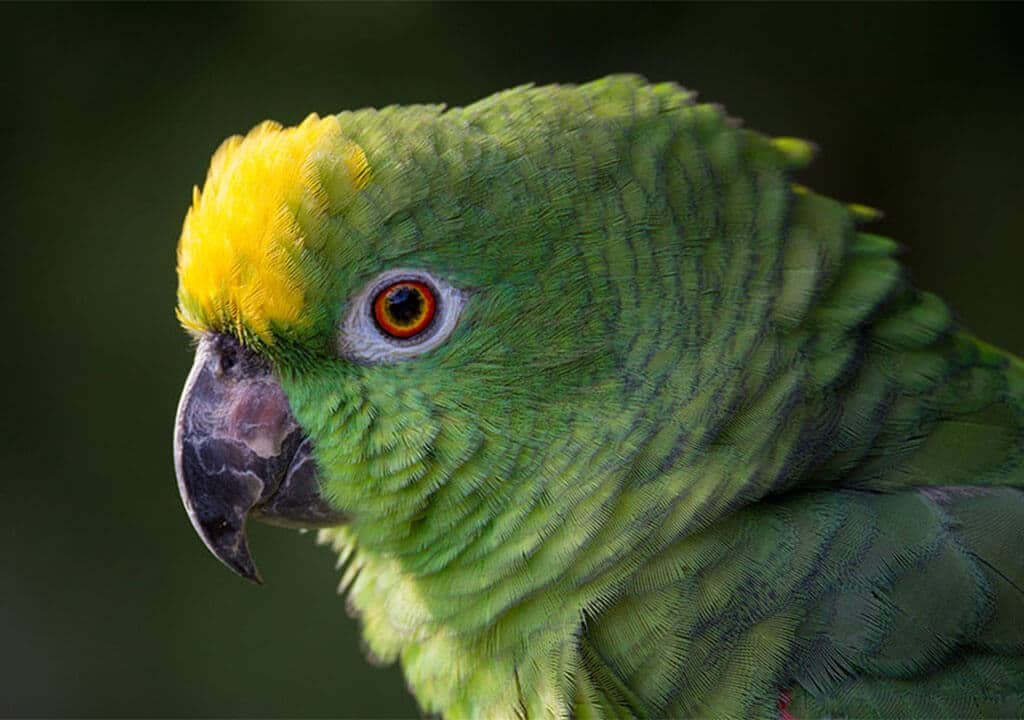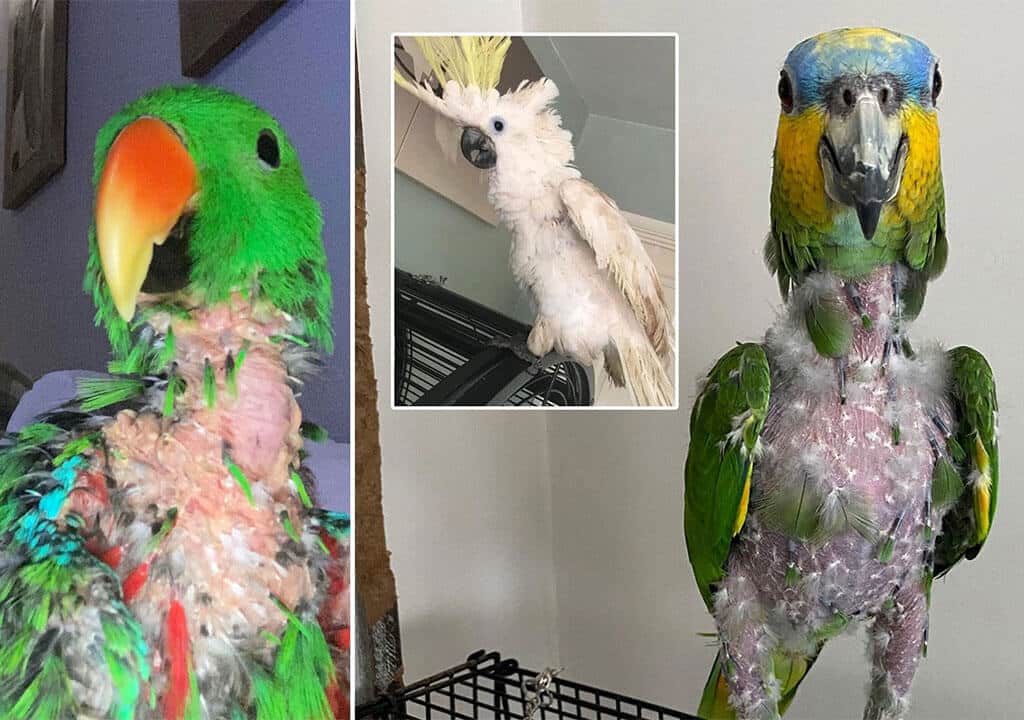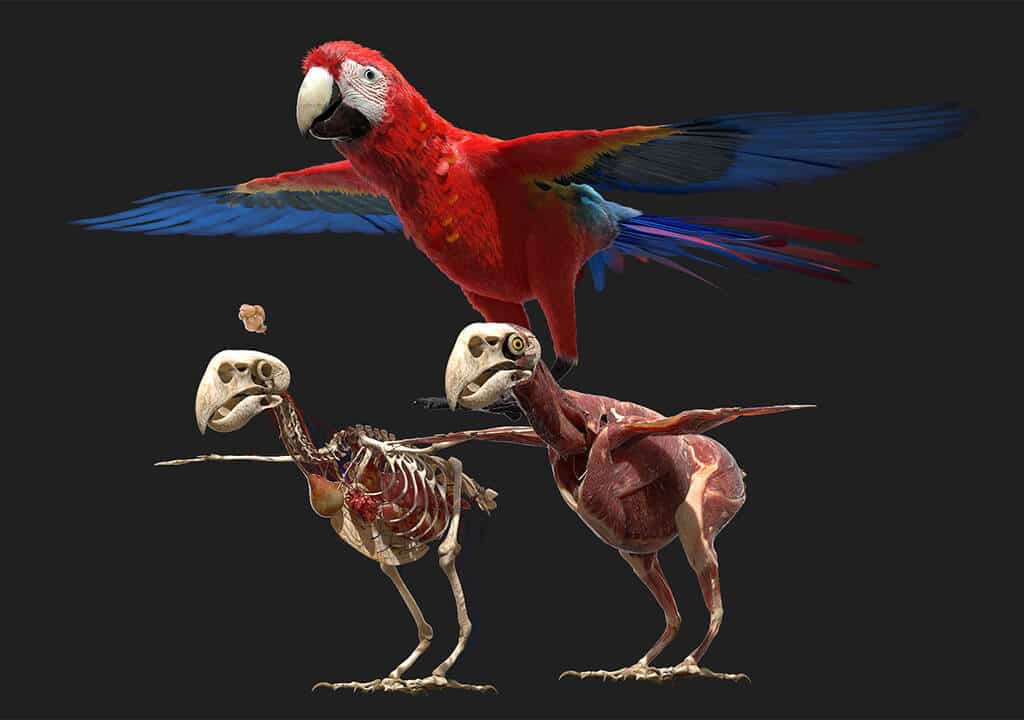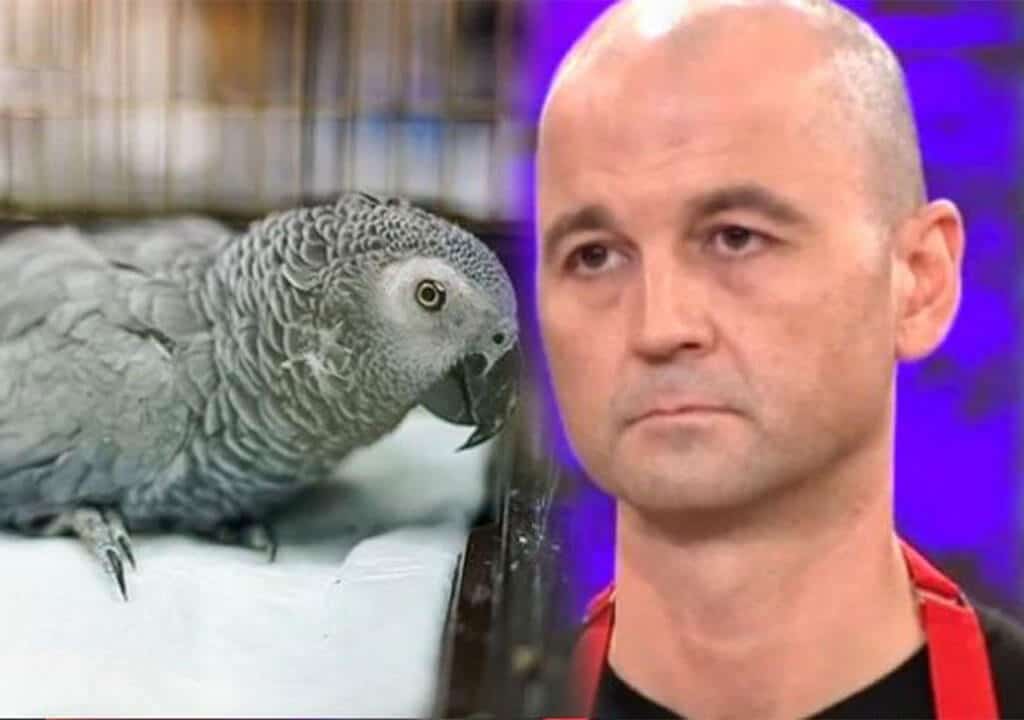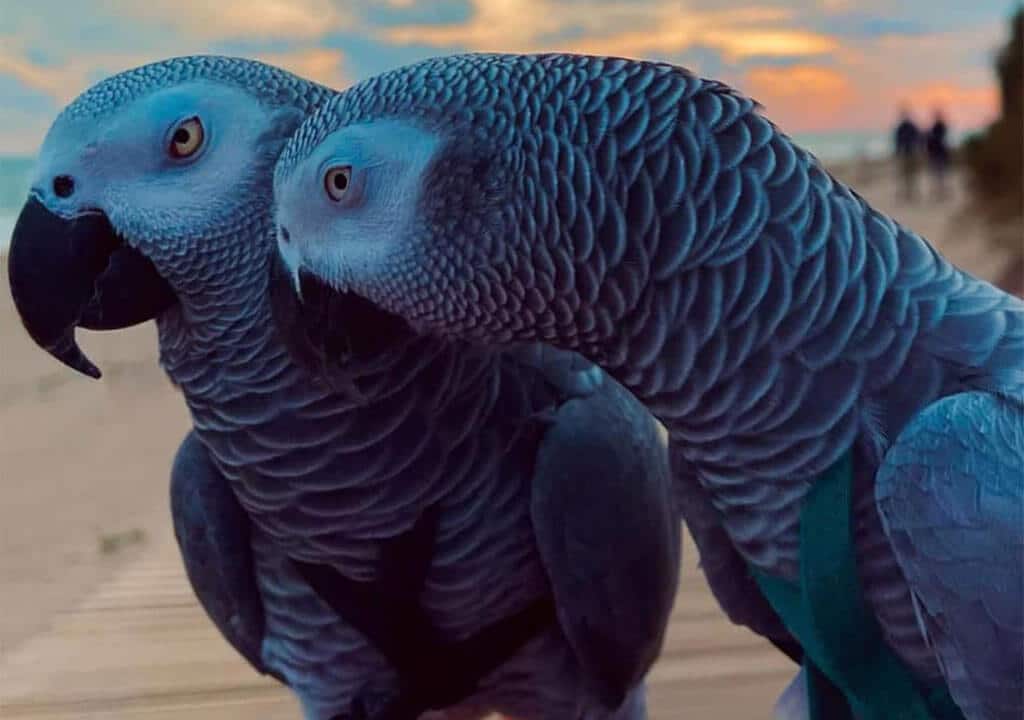Blog
Budgie Drying

Budgerigars, which are among the parrot species, are a domestic bird species. Budgerigars, whose lifespan is approximately 15 years, are unique to the Australian continent. Budgerigars, which have many colors and varieties, are generally fed as pets thanks to their aesthetic appearance.
Budgerigars of some species, which do not have hoopoes, have a very attractive appearance with their black scalloped lines on their wings, and their green, blue and even white breeds. Budgerigars that feed on seeds in their natural environment are fed with different bird food and different apparatus in the home environment. Budgerigars, which are related to red parrots, are known to have a history of about 5 million years.
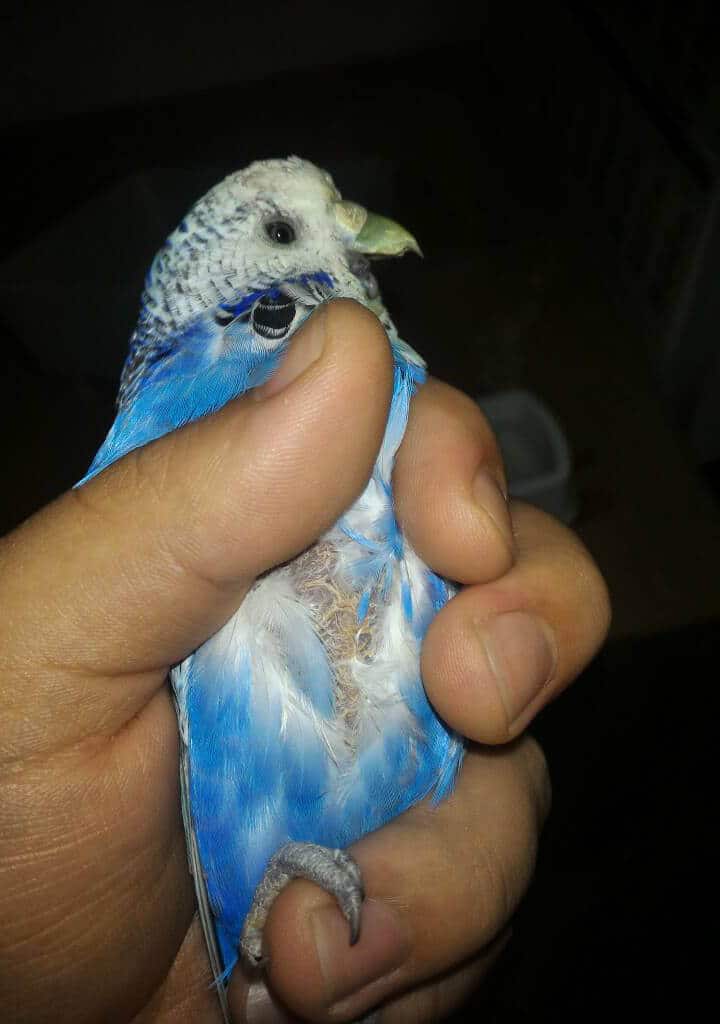
Methods of Feeding Budgies at Home
Budgerigars of Australian origin are usually kept in cages at home. The longevity of these birds depends on the importance given to the care and cleanliness of these birds. The cage you buy for budgies has an important place among the methods of feeding budgerigars at home. It should not be too small for the bird to move freely.
The perch to be placed on the cage will prevent the bird from defecating everywhere, so the cage will remain cleaner. Since budgerigars are delicate creatures, they should not be left in very cold weather or wind. Likewise, leaving it in a very hot environment and under the sun will cause the bird to get sick. The water should be cleaned every day and, if possible, non-chlorinated water should be given, and beak stones should be left in the cage for their beaks.
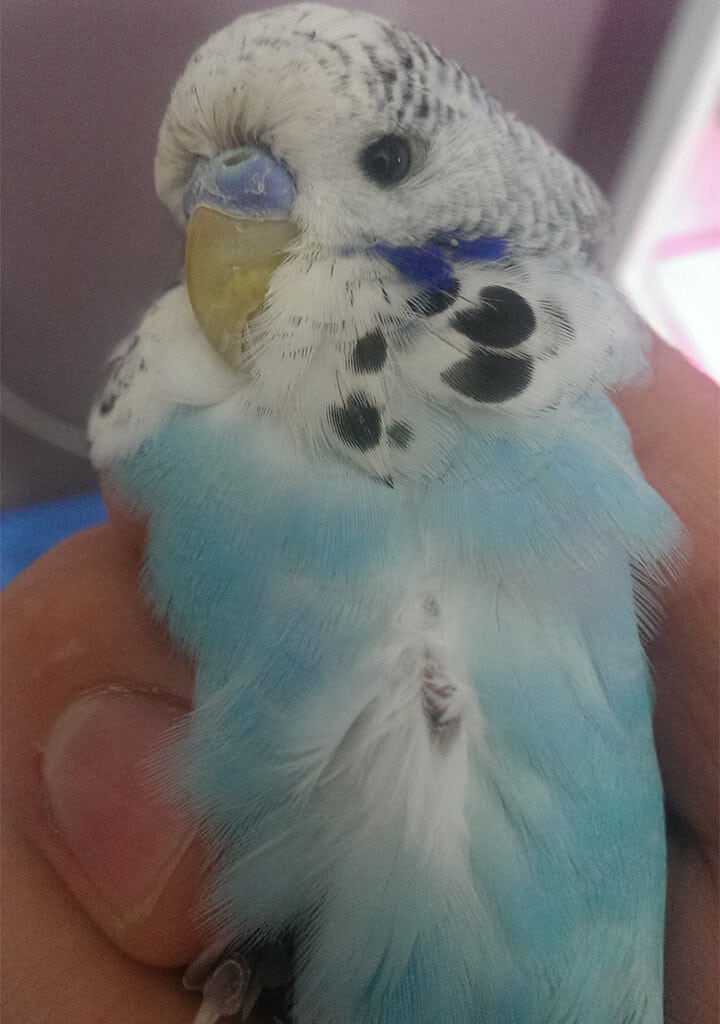
Budgie Drying Disease
Dryness disease in budgerigars damages the cells above the intestine, destroys digestion and prevents the bird from benefiting from nutrients. The bird, which cannot be fed adequately, loses its adipose tissue and weakens, its balance deteriorates and leads to death. Symptoms include loss of appetite, inactivity, diarrhea, weakness and even vomiting.
Diagnosis of budgerigar drying disease is quite difficult. Drying disease is difficult to treat, as is its diagnosis. Conventional antibiotics may not be effective. However, the medications given by a veterinarian may improve depending on the condition of the disease. Since drying disease is contagious, if another bird is found in the cage, it should be kept in a separate cage from the sick bird so that it does not infect it.
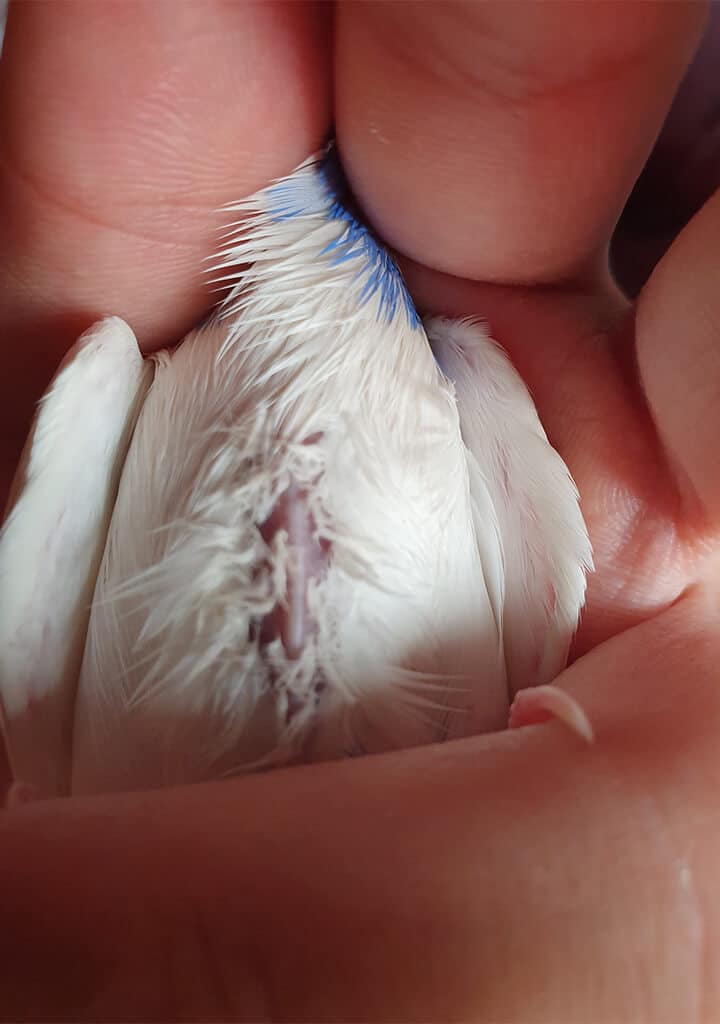
Is Budgerigar Drying Disease Transmitted to Humans?
Drying disease, also known as fungal disease, is generally found in the genetics of all birds. If early intervention is not made when symptoms are seen, it starts to spread all over the bird very quickly. Can budgerigar dry disease be transmitted to humans? Although the answer to the question is unsettling, it does not pose a risk when precautions are taken.
Drying disease, known as fungal disease, is a disease that can also occur in humans. For this reason, when the budgie is sick, it will be appropriate to contact with gloves. When the contact is over, cleaning the hands with oxygenated water will protect us from drying disease. The most important way to prevent the disease is to start treatment under the supervision of a veterinarian when the budgerigar is infected with drying disease.

Treatment of Budgerigar Drying Disease
Drying disease is not of bacterial origin. Therefore, it will not be treated with antibiotics. Dry budgerigaris not a problem that we can solve on our own, as the disease is quite difficult to treat. Medicines prescribed by the veterinarian should be used. Some drugs have anti-drying properties. This medicine, which is given as a syrup, should be dripped into the water. Some drugs are given to the bird by injecting it into the bird by a veterinarian in the form of serum.
In addition to the drug treatment, the procedures to be done at home will help the bird to recover. First of all, the feed and water bowl should be cleaned every day. The cage should always be kept clean. Add a few drops of apple cider vinegar to clean the water. Vitamin support that will regulate bowel movements will also be beneficial. Ancak muhabbet kuşunun özenli bakımı hastalanmadan önce alınacak en mühim önlemdir.
Drying Disease Symptoms
- Sometimes there may be birds with eye or sinus problems with diarrhea. But in general, the bird spends most of its time foraging, and 90% of sick birds fight desiccation. No matter how much they eat, they gradually lose weight.
- Simply making a sudden change in a bird’s diet can have disastrous results.
- Try to find out if there are any problems by doing a physical examination of the bird, the key point here is the bird’s breastbone.
- In drying disease, the sternum becomes sharp like a knife and can be easily seen.
- Sometimes the birds are so sluggish that they stop at the bottom of the cage. It may be too late for a bird waiting at the bottom of the cage.
- Because the gizzard is damaged, the birds’ feed is removed undigested, this is called the popcorn effect.
- The best way to fight diseases is to prevent them.




